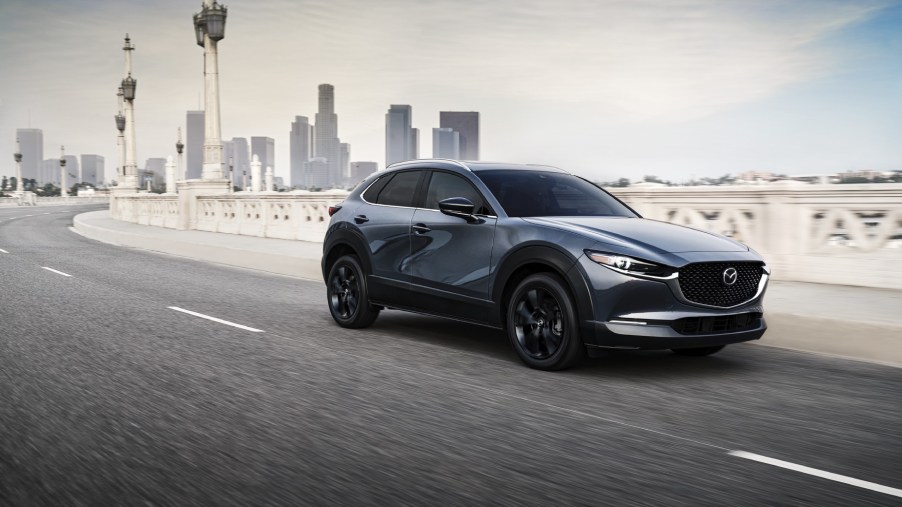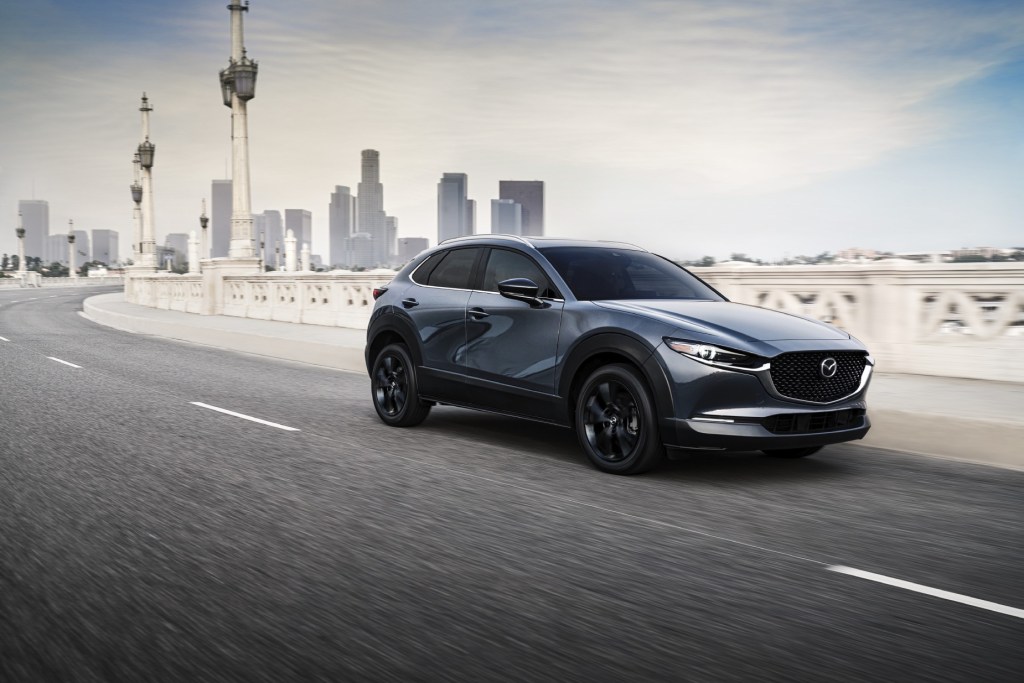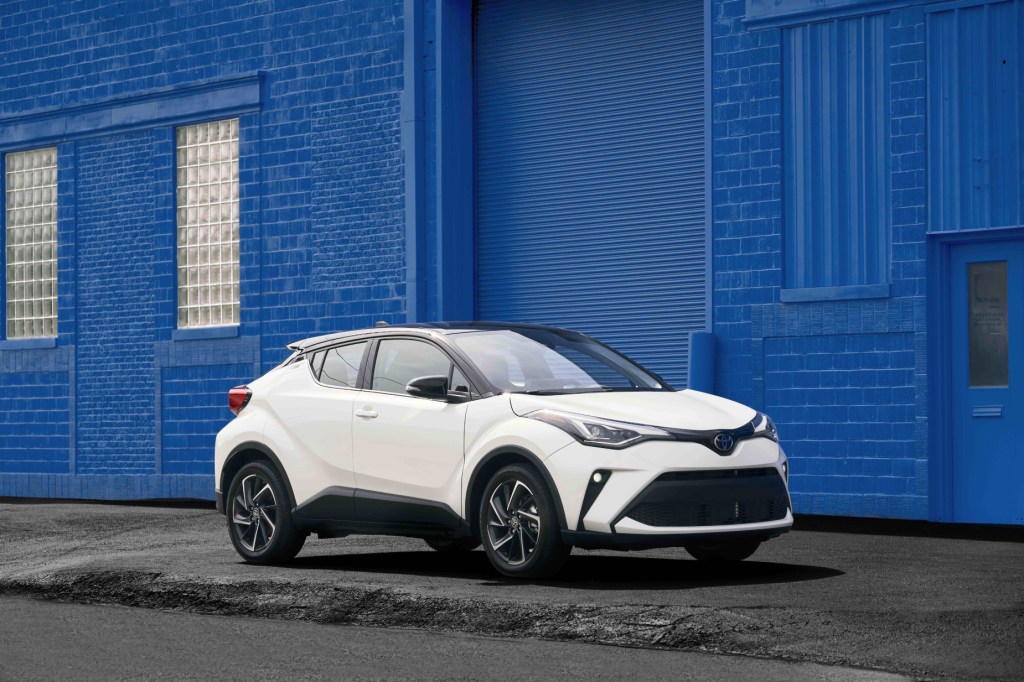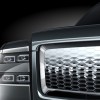
2021 Mazda CX-30 vs. Toyota C-HR: The Winner Is Clear
Everyone loves a good competition. But what one thing people love even more is a great deal, and there are plenty of small SUVs at a great price. That’s why when it comes to comparing the 2021 Mazda CX-30 vs. 2021 Toyota C-HR, buyers will be excited to know that there is an obvious winner.
Drivers typically want to check off three boxes when shopping for a new car – premium driving quality, impressive fuel economy, and upscale amenities. Any savvy shopper will search high and low to make sure their wants are met, and we’re here to tell you that you won’t have to look far.
The Mazda CX-30 and Toyota C-HR are respected subcompact SUVs in their own right, but one is just a cut above the competition.
Let’s take a deeper look at what the 2021 Mazda CX-30 and 2021 Toyota C-HR have to offer to see which one is the better value.
Performance is paramount when choosing the right vehicle

Subcompact SUVs are asked to live up to the difficult expectation of being nimble, quick, and fuel-efficient. However, many models in the class fail to live up to one or two of these standards. Thankfully for shoppers, the 2021 Mazda CX-30 delivers on all fronts.
The CX-30’s standard 2.5-liter four-cylinder engine kicks out 186 hp and achieves an EPA-estimated 28 MPG city/highway combined. Meanwhile, it delivers Mazda’s signature sporty handling, making it one of the most agile vehicles in its class. While it comes standard with front-wheel drive, buyers can add an optional all-wheel-drive system for added traction.
The 2021 Toyota C-HR is stylish, but its driving dynamics aren’t nearly as impressive. Its 2.0-liter four-cylinder engine only makes 144 hp, and it doesn’t quite make up for the lack of thrills isn’t offset by stellar fuel economy. The C-HR barely edges out the CX-30, getting an EPA-estimated 29 MPG combined. Unfortunately, the C-HR doesn’t give shoppers the option to add AWD.
As if the 2021 Mazda CX-30 doesn’t already deliver heart-pounding performance in its base trim, it can be enhanced even further. New for 2021, the CX-30 has an available 2.5-liter turbocharged four-cylinder engine that produces 250 hp when using premium fuel.
The 2021 Mazda CX-30 and 2021 Toyota C-HR are decked out with features

Shoppers will be glad to know that these small SUVs are big on amenities. The 2021 Mazda CX-30 leans a little more upscale, featuring soft-touch materials throughout its cabin. It comes standard with an 8.8-inch touchscreen, Apple CarPlay, Android Auto, an eight-speaker audio system, and more. Plus, you can add a moonroof, heated seats, leather upholstery, and a navigation system.
The 2021 Toyota C-HR has similar offerings – an 8-inch touchscreen, Apple CarPlay, Android Auto, and a six-speaker audio system. However, it has the advantage of Amazon Alexa compatibility. Available features include heated seats, leather upholstery, and more.
Both vehicles offer an incredible amount of driver-assistance technologies. Forward collision warning, automatic emergency braking, lane-departure warning, lane-keep assist, and adaptive cruise control all come standard. The 2021 CX-30 also offers a standard driver drowsiness monitor, while the 2021 C-HR has a standard road sign assist system.
The 2021 Mazda CX-30 takes home the prize
These models might be in the same class, but one leaves the other behind in its dust. The 2021 Mazda CX-30’s exciting performance and more luxurious cabin give it a gigantic boost over its rival.
Meanwhile, the 2021 Toyota C-HR is a decent subcompact SUV, especially when it comes to its suite of standard driver-assistance technologies. Plus, it is slightly cheaper than the CX-30. The Toyota C-HR has a starting MSRP of $21,445, while the Mazda CX-30 comes in at $21,900. However, the 2021 Mazda CX-30 simply provides too much value to be ignored, making it one of the top choices in the subcompact SUV segment.


